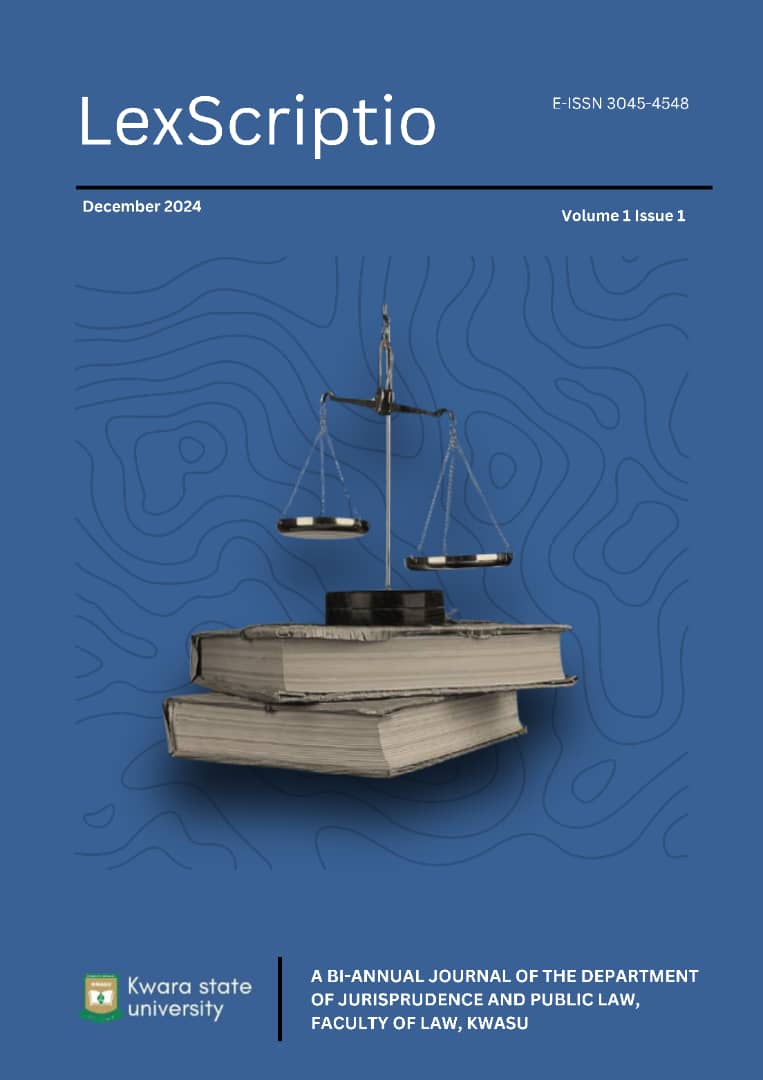Israel and Palestine (Gaza): Pathways to Peace through Diplomatic and Non-Diplomatic Conflict Resolution Mechanisms
Keywords:
Israel and Palestine, diplomatic means of settlement, non-diplomatic means settlement, territorial disputes, international actorsAbstract
The Israel-Palestine conflict, particularly the ongoing situation in Gaza, remains one of the most protracted and contentious geopolitical disputes, fueled by a history of political and moral neglect from the leaders of Israel, Palestine, and the international community. As a result, the civilian populations in the disputed areas continue to bear the heaviest burden. This suffering will only intensify if effective action is not taken to resolve the conflict. Numerous efforts have been made to address the conflict through diplomatic (peaceful) means, but a lasting peace has remained elusive. This paper explores the various strategies employed to resolve the Israel-Palestine dispute, examining historical and contemporary efforts, including diplomacy, negotiation, mediation, and military interventions. The analysis emphasises the importance of addressing key issues such as territorial claims, the right of return for refugees, security concerns, and mutual recognition in order to foster a sustainable solution. It also highlights the role of international actors and institutions in either supporting or hindering peace initiatives. The study ultimately argues that, while non-diplomatic methods may yield short-term gains for one side, diplomatic efforts, though challenging, provide a more viable path to long-term peace. To achieve a lasting resolution, the international community must adopt a comprehensive and inclusive approach that integrates both diplomatic and non-diplomatic methods, recognising the legitimate needs and rights of both Israelis and Palestinians.




